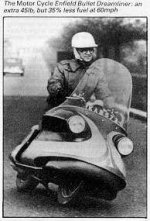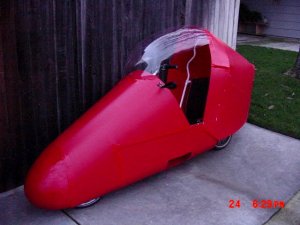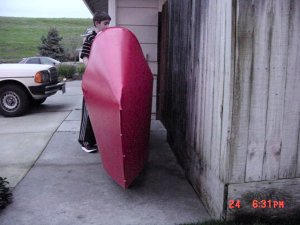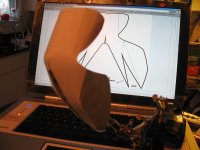Interesting video on large scale mold making:
http://www.instructables.com/id/EFPZ1HN4FWEZ439XF9/
I managed 57mph this morning on the downhill portion of the Knight St. bridge deck heading into Vancouver. I lowered the front end a little from it's off road stance by machining down the spring guide inside the front fork. Handling is much improved, and possibly a slight aero benifit.
http://www.instructables.com/id/EFPZ1HN4FWEZ439XF9/
I managed 57mph this morning on the downhill portion of the Knight St. bridge deck heading into Vancouver. I lowered the front end a little from it's off road stance by machining down the spring guide inside the front fork. Handling is much improved, and possibly a slight aero benifit.










